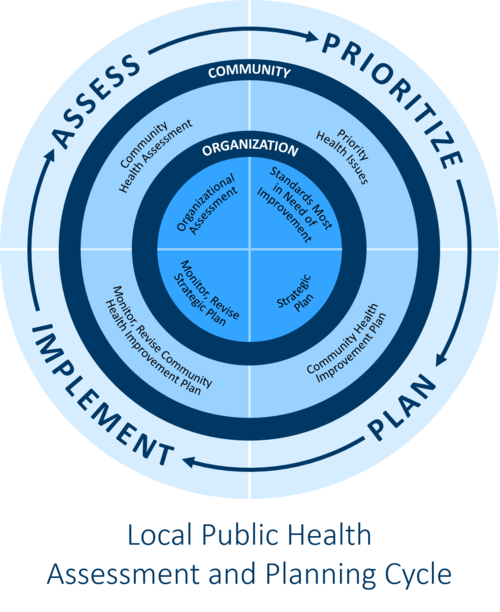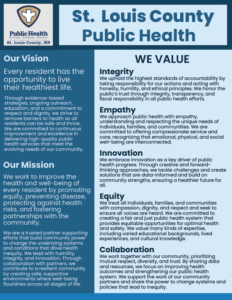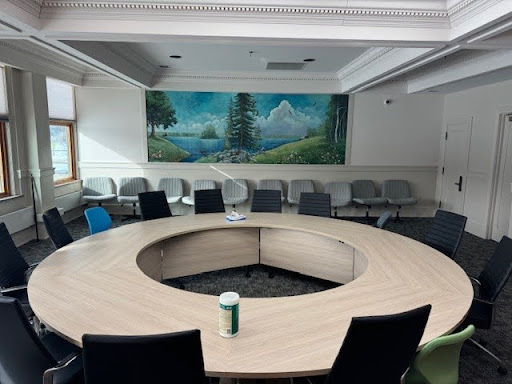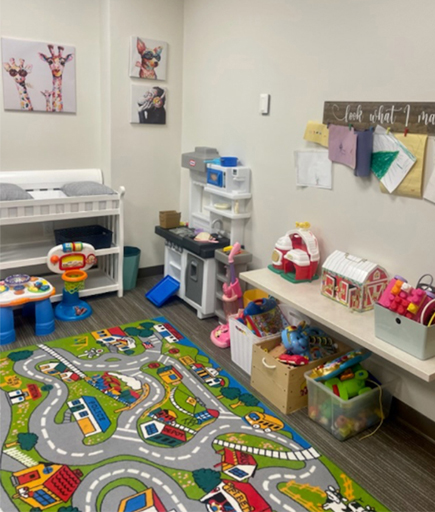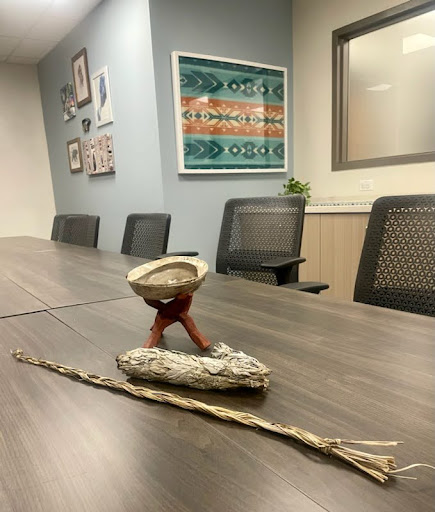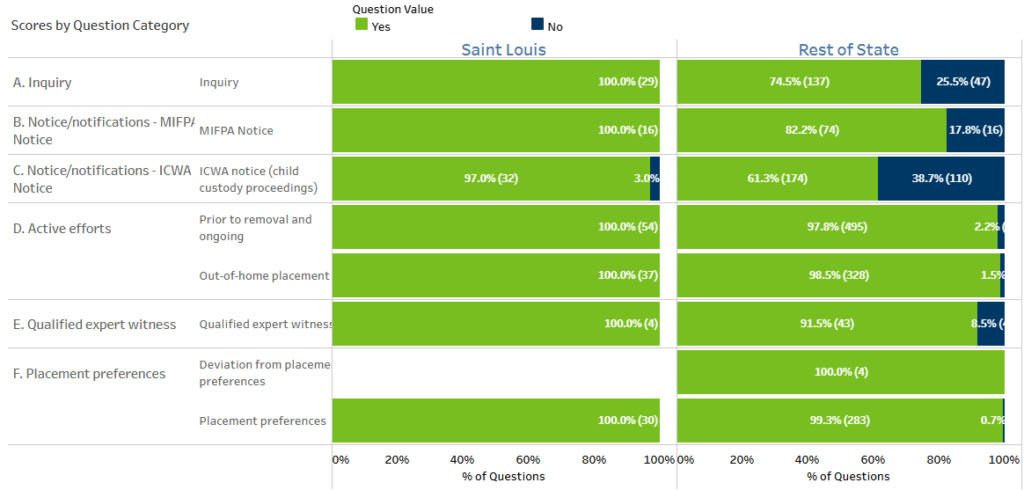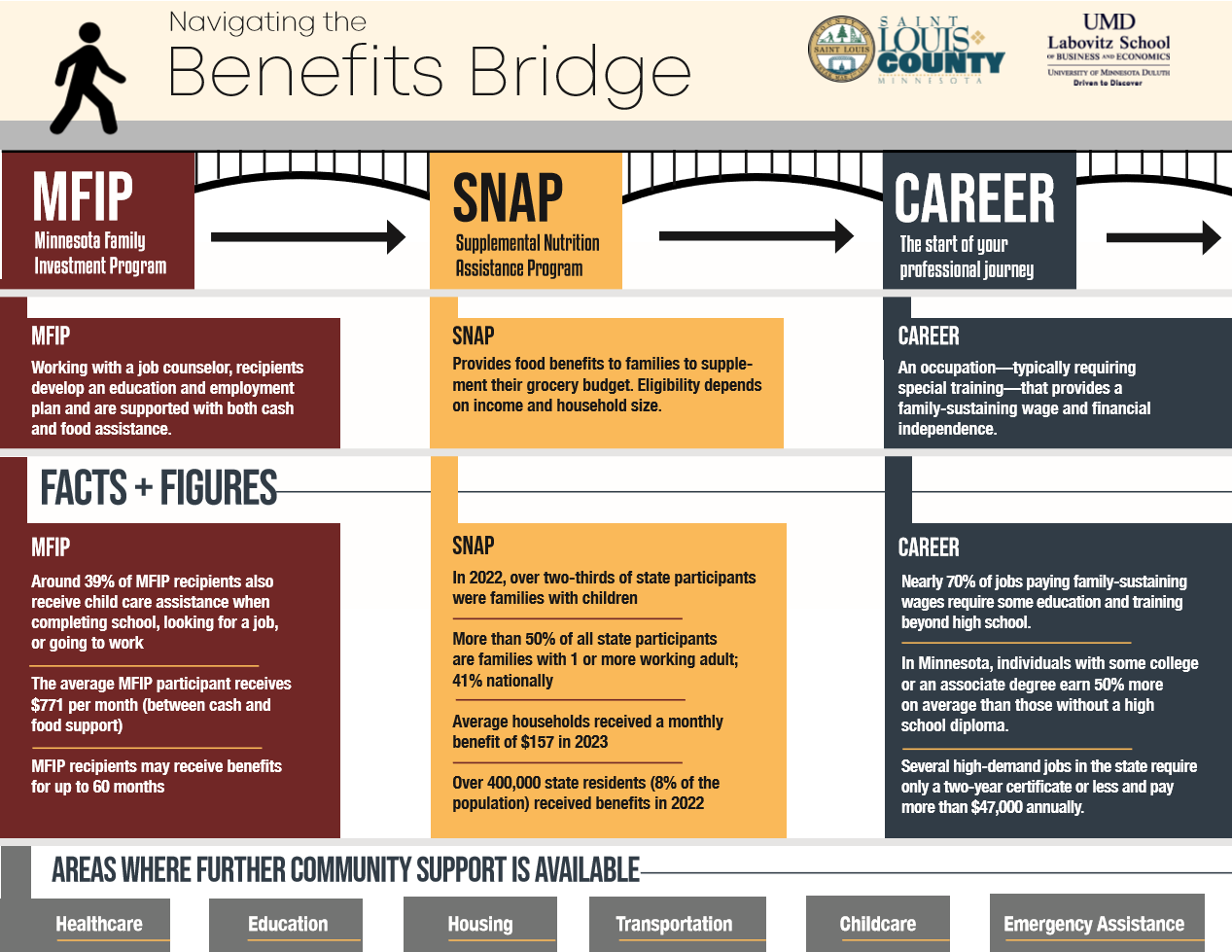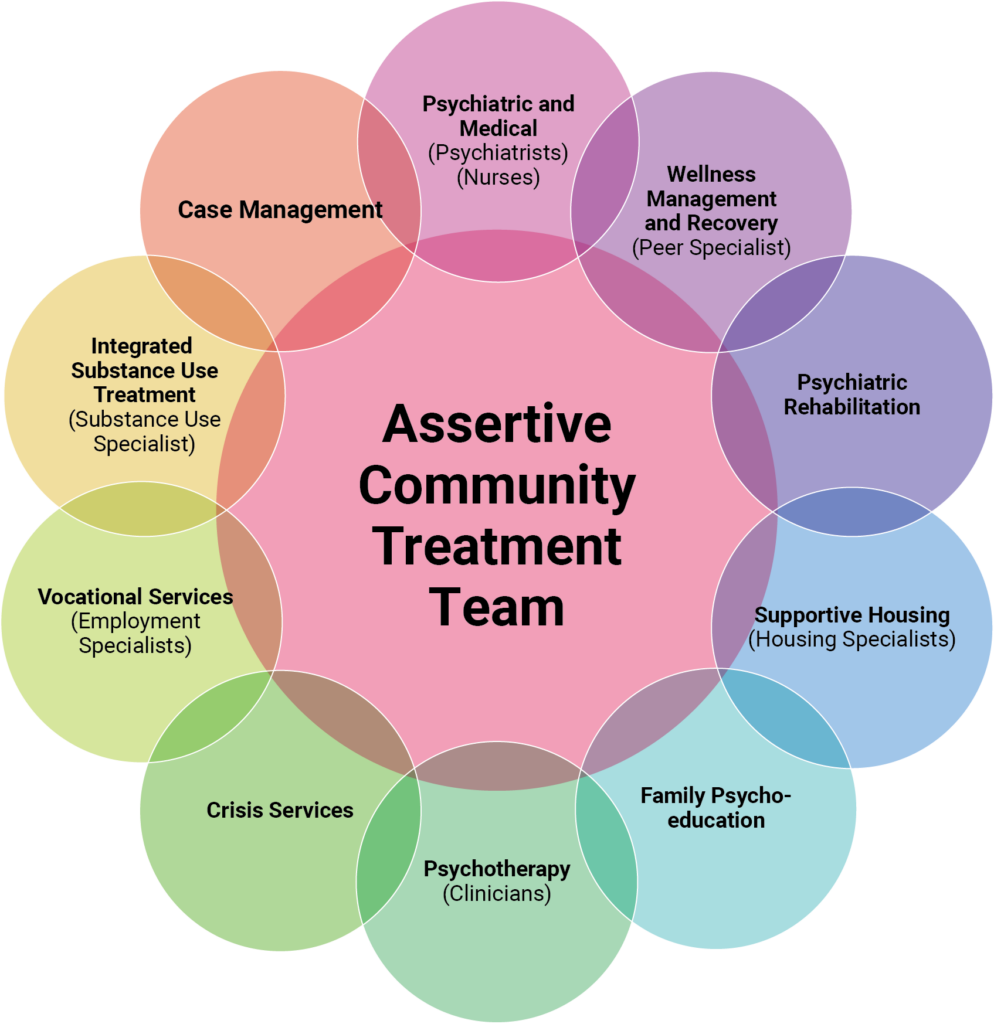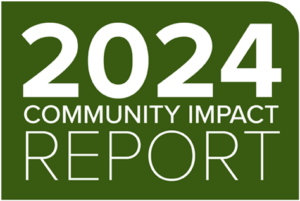
St. Louis County Public Health & Human Services
Public Health, Children & Family Services, Home & Community Based Services, Behavioral Health, and Economic Services & Supports
OUR VISION
is a community where all people are safe and healthy.
OUR MISSION
is to protect, promote, and improve the health and quality of life in St Louis County.
We do this through a variety of programs, services, and initiatives that work at all levels and throughout our community.
Our goal is to help people achieve a better life. We do this by helping people we serve overcome – or make progress despite – the obstacles blocking their path to self-sufficiency and by working in partnership to improve the health of our entire community.
Sometimes individuals and communities face challenges that affect their health and quality of life. St. Louis County Public Health and Human Services works to prevent those challenges and offers a helping hand when life’s obstacles seem insurmountable. We guide people through their challenges and direct them to appropriate resources.

Service Centers
Service centers are conveniently located in four communities throughout our county. Each center provides access to financial, social, and public health services. For the most up-to-date access information, please visit our website at stlouiscountymn.gov/phhs

Public Health
OUR VISION
Every resident has the opportunity to live their healthiest life.
Through evidence-based strategies, ongoing outreach, education, and a commitment to respect and dignity, we strive to remove barriers to health so all residents can be safe and thrive. We are committed to continuous improvement and excellence in delivering high-quality public health services that meet the evolving needs of our community.
We work to improve the health and well-being of every resident by promoting healthy communities, preventing disease, protecting against health risks, and fostering partnerships.
We are a trusted partner supporting efforts that build community power to change the underlying systems and conditions that create barriers to health. We lead with humility, integrity, and innovation. Through collaboration with partners, we contribute to a resilient community by creating safe, supportive environments where well-being flourishes across all stages of life.
OUR MISSION
Our Values
Hover over the sections below to learn more.
Click the sections below to learn more.
Integrity
Empathy
Innovation
Opportunity
Collaboration
Addressing Community Needs
The Community Health Assessment (CHA) and Community Health Improvement Plan (CHIP) is a cycle in which we collect and review data about our community’s health and use that information to plan public health initiatives. The community health assessment looks at the conditions in which we live, work, learn, and play. This helps us determine the priority health areas most impacting our community. In 2024, we finalized our health improvement plan priorities for the next five years, with a focus on three subject areas – mental health, substance misuse, and sexually transmitted infection prevention. To read more detail about our CHIP and our action plans, CLICK HERE to access the dashboard of activities.
Click image to enlarge
Public Health Strategic Plan Updated
In 2024, St. Louis County Public Health engaged in a comprehensive strategic planning process to establish a five year strategic plan. The planning process followed a phased approach, based on the National Association of County and City Health Officials (NACCHO) strategic planning framework. That process included laying the groundwork, engaging community partners and internal staff, performing an environmental scan and a SWOT analysis, reworking the vision, mission, and values, and developing and detailing 10 strategic priorities.
Communicable Disease Prevention
Chronic Disease & Injury Prevention
250
2,200
1,600
trainings on mental health and suicide prevention topics, reaching over 170 people throughout the county.
12
89
unique engagements with the community through coalition meetings, education sessions, community health assessment interviews, and community events.
Serving the aging adult population
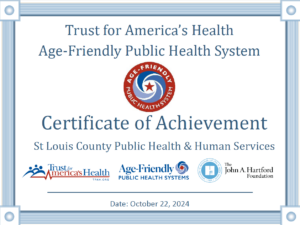
Addressing Environmental Public Health Issues
Health begins where we live, learn, work, and play. We all live in conditions that we cannot individually control but that can affect our health — the air we breathe, the water we drink, the food we eat, and the conditions in which we live. St. Louis County Public Health protects against environmental health hazards by addressing aspects of living conditions that may pose risks to health. Public Health professionals work to mitigate risks such as exposure to lead contamination and public health nuisances.
Public Health Nurses responded to 56 cases of acute lead toxicity in children and pregnant women; worked with health partners to abate environmental risks and address lead toxicity.
Access to and Linkage with Clinical Care
Access to quality healthcare services is a critical factor in maintaining one’s physical and mental well-being. We work to ensure that residents have access to the spectrum of care – promoting the use of primary care, especially for our youngest residents, all the way to connecting aging adults to health services.
13,646
985
dental visits supported through a partnership with St. Louis County Public Health and Children’s Dental Services.
30
group parenting sessions were offered and
233
individuals completed.
3,310
home visits by Public Health Nurses.
2,612
monthly participants in Women Infant & Children (WIC) Clinics.
1,409
In 2024, our Heart-to-Heart program, which works directly with women experiencing hypertensive disorders of pregnancy, was nationally recognized as a “Model Practice” by the National Association of County and City Health Officials (NACCHO).
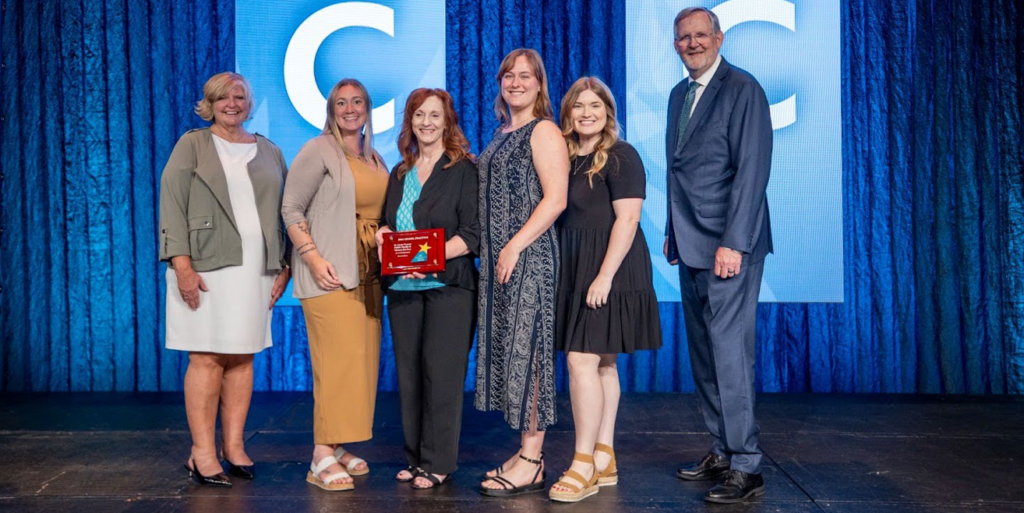
(Pictured left to right) Lori Tremmel Freeman Chief Executive Officer for the National Association of County and City Health Officials (NACCHO), Emily Lian SLC Public Health Nurse Supervisor, Lisa Konicek SLC Public Health Nurse Coordinator, Juliana Olson SLC Public Health Nurse, Hannah Osborne SLC Public Health Nurse Senior, and Michael Kilkenny, MD, MS President of NACCHO
We also initiated two community co-design projects to collaborate with community members who are directly impacted by the work; one project was focused on Birth Equity for Black and Native birthing people, while the other is focused on Perinatal Substance Use disorders. To date, our co-designers have conducted more than 45 interviews in the community.
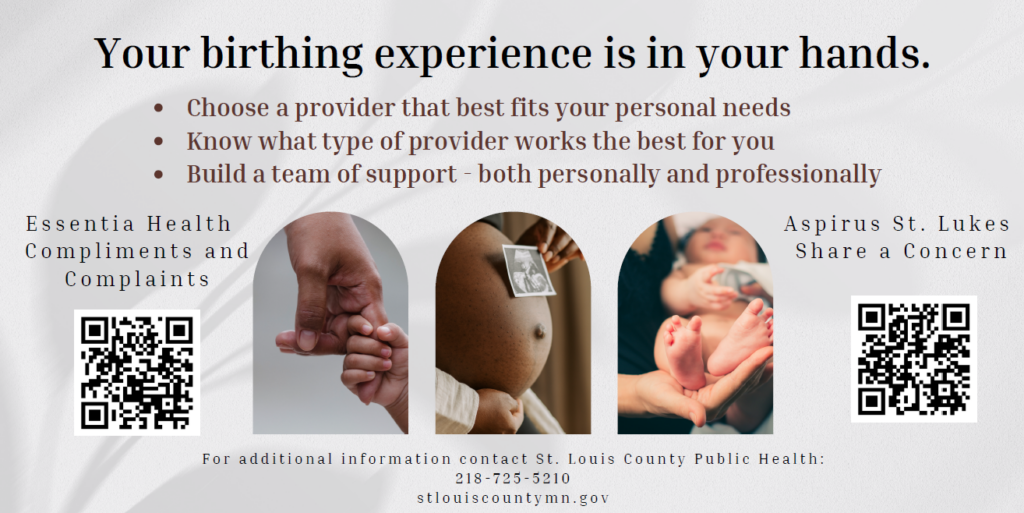
Children & Family Services
The Children and Family Services Division works with children and their families, with the goal of keeping children in their homes and in the care of people with whom they have an existing relationship. We partner with families to provide preventive services, supportive resources, intervention, and, when necessary, placements to ensure safety, permanency and well-being for children.
VISION
All children in our community flourish because families are able to safely care for and meet their needs.
MISSION
We strive to keep children in their homes and in the care of people with whom they have an existing relationship. We partner with families to provide preventative services, supportive resources, interventions and, when necessary, placements to ensure safety, permanency and well-being for children.
Click the icons below to learn more.
Creating culturally responsive and family-friendly spaces
Children and Family Services strives to partner with families experiencing difficult circumstances. One way in which we can convey a collaborative relationship, is to provide spaces that are family-friendly, welcoming, and culturally responsive.
Working with Tribal Partners to Support American Indian Families
St. Louis County Children and Families Services serves families throughout the county. One area of focus is our work with Indigenous families and partnering with Tribes to provide those services. The work is guided by the Indian Child Welfare Act (ICWA) and the Minnesota Indian Family Preservation Act (MIFPA), and St. Louis County aims to honor the spirit of the laws, as well as the requirements. The requirements include inquiry, timely MIFPA and ICWA notices to Tribes, active efforts, placement preferences, and Qualified Expert Witness (QEW). The Department of Human Services reviews county performance in meeting the above requirements through random case audits, with the expectation of 100% compliance.
St. Louis County neighbors two Tribal Nations: Fond du Lac and Bois Forte. Since 2018, Children and Family Services has contracted with both tribes to provide culturally specific, in-home supports for the Indigenous families being served.
Keeping Families Safely Together
Children and Family Services (CFS) is working to improve earlier intervention and prevention efforts with the hope to decrease child maltreatment and out-of-home placements for children. This requires building a comprehensive prevention continuum that can meet the needs of all children and families.
Hover over the sections below to learn more.
Click the sections below to learn more.
Parent Support Outreach Program
Family Resource Centers
Family Support Services
Public Health Home Visiting partnerships
Children’s Mental Health case management
Intensive Family-Based Services
Economic Services
& Supports
The Economic Services and Supports (ESS) Division administers state and federal programs that provide assistance to those in need. This includes medical care, food, cash, child care, child support, and emergency assistance.
Per month, employees served an average of
Over
ESS provided
The county assisted with
the final interment of
IN 2024, ESS handled
Our financial assistance programs serve as a short-term safety net that helps to stabilize families in need and guide them toward self–sufficiency.
Minnesota Family Investment Program (MFIP)
The MFIP program is designed to help families meet their economic needs. Families receive cash and food benefits from the county while working one-on-one with an employment counselor to make an individualized plan to help them reach their goals and move toward self-sufficiency. St Louis County partners with Arrowhead Economic Opportunity Center (AEOA), City of Duluth, Community Action Duluth, Human Development Center (HDC), Jobs Empowerment Training (JET, formerly NEMOJT) and SOAR Career Solutions to provide employment and training services for individuals we serve.
The Minnesota Family Investment Program provided
Watch a story about a family that used this program.
Home and Community-
Based Services
The Home & Community Based Services division serves children and adults who may benefit from services/supports for needs related to disabilities, brain injuries, developmental disabilities, and aging.
Here’s a snapshot of some of the ways we serve our community:
The MnCHOICES
intake team triaged
people received Semi-Independent Living Services (SILS) with
children / young adults were helped with a Family Support Grant with
Creating a Safety Net
Our work is person-focused
We value a person’s right to make their own decisions and manage their life (self-determination). We engage in an informed decision-making process to support people in choosing the services and resources that best meet their unique needs and the achievement of their personal goals. We focus on a person’s desired outcomes, preferences, experience and potential impact on their quality of life.
For example, if someone wants to work but needs support to do so, the case manager would discuss options and work with employment support providers and/or local businesses to offer work experiences aligning with the person’s preferences. Job shadowing may be another option. A person may also be able to meet with multiple employment support providers to find the one that is best for them. Informed choice offers individuals dignity of risk, independence, and the opportunity for self-determination that includes a person deciding how, when, and where they want support provided to them.

Focus on Employment
Many people with disabilities want an opportunity to be part of the general workforce, but don’t see how it’s possible or aren’t given resources they need to work. Minnesota works to help people with disabilities find competitive, integrated employment. The Minnesota Department of Human Services (DHS) supports an Employment First approach. Visit this link to learn more: Employment First / Minnesota Department of Human Services.
In 2024, St Louis County was awarded a 2-5 year Lead Agency Employment First Capacity-Building Grant. We are engaged in a strategic planning process with the Minnesota Transformation Initiative to develop competitive, integrated employment options for people with disabilities. We are passionate about working with community businesses to explore and develop competitive employment opportunities for people with disabilities.
Christina’s story
Christina is a young lady who is very active in community activities, work, and family. Christina is extremely active in Special Olympics – bowling, track and field, and football. She participates in league bowling once a week. Christina attends church most Sundays with her mom and then goes to visit her puppy, Archer. She also visits Archer and her mom at least one other day after work. She goes out to dinner with her dad at least monthly.
Christina moved into Community Residential Services two years ago. Things went smoothly for the first year but then changes started to happen. A couple of housemates moved out and two new housemates moved in. These changes were stressful for Christina. Just like all of us, when we experience changes, our stress increases, and we might not be happy.
We opted to bring in Community Support Services to help provide some guidance on how to help Christina. One of the recommendations was to create a vision plan. (You can learn more about vision plans by clicking HERE.) Christina and her team created “Christina’s World”. The team listed the positive things about Christina, identified who is there to help her get to the next level, and noted her strengths.
The team worked with Christina to identify next steps to increase her independence and who will assist her. Christina identified where she wants to be in one year and in five years. Christina’s vision plan identifies what is ‘positively possible’ for her to attain and things she dreams of being able to do. One of her dreams is to go to LegoLand in California. This will take a while to accomplish – saving money and planning. Within a year, Christina plans to go to LegoLand at the Mall of America with staff.
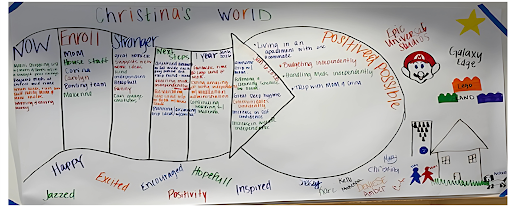
Christina’s Vision Plan
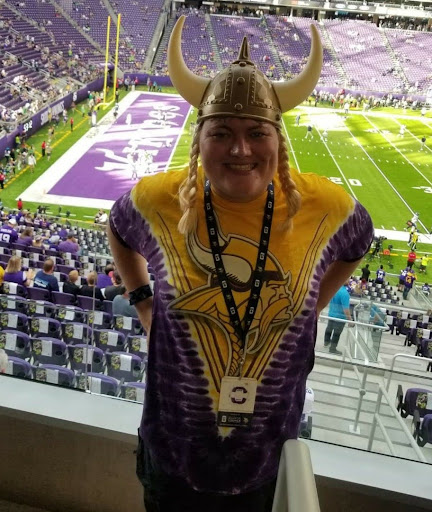
Christina enjoys a Vikings game.
Behavioral Health
The Behavioral Health division consists of four areas:
We provide case management services for people with a serious and persistent mental illness and services from assertive community treatment teams in the community and via specialty courts.
We provide comprehensive assessments and treatment coordination for people who need assistance navigating services.
We work to secure grant funding for community partners to provide shelter beds, outreach services, staff for the coordinated-entry system, and assistance with rent and utilities. Staff from this unit coordinate the continuum of care, organize the point-in-time count, and long-term homeless bed development.
We assess or investigate allegations of abuse, neglect, or financial exploitation of vulnerable adults. We offer services to vulnerable adults and the people that support them to help reduce or eliminate future harm. Guardianship is a program for persons for whom the Court has appointed a decision maker to make certain decisions on behalf of the person subject to guardianship.
A snapshot of some of our work
Crisis Services
The Department of Human Services funds crisis services in the county, which St. Louis County manages.
Northern SLC received
calls to crisis response and
Southern SLC received
calls to crisis response and
CORE Unit
This fall there was a person who was new to the area that began working with the CORE unit following an incident of hanging off an overpass. This happened in the early hours of the morning and the person was transported to the hospital. This person was discharged a few days later and presented at HDC’s Behavioral Health Urgent Care looking for assistance with housing. While there, the person started to get agitated and crisis workers were concerned for their safety, 911 was called and CORE responded. The person became verbally aggressive and visibly agitated at the sight of law enforcement. They walked off after a brief conversation with the CORE social worker.
Following this interaction, the person was kicked out of the homeless shelter after getting in an altercation with another guest, put a hole in the wall at a crisis stabilization center and made vague threats to staff while they were completing a transport for the person. The person was officially referred to CORE in October by patrol. There was an increase in 911 calls and the HDC crisis response team notified CORE that the person had called them stating that they had a knife to their throat but “staff” at an unknown location took it away. The person refused to disclose their location and a few days later, after a separate incident occurred, the person was brought into the hospital by patrol. The CORE unit was notified and the CORE social workers worked closely with the hospital social workers to provide information on the persons behavior. With the help of the HDC crisis response team and the homeless outreach workers, CORE was able to assist in keeping a housing appointment for this person while in the hospital so they could receive the services that they needed.
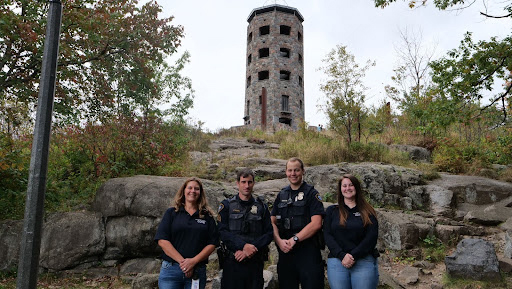
In 2024 CORE received
calls and
Assertive Community Treatment (ACT) has been working with an individual for just over two years. This person was chronically unhoused, for over a decade, and was having consistent law enforcement interaction related to symptoms of psychosis and substance use. ACT became involved after a lengthy hospital stay for stabilization and civil commitment.
Since then, ACT has supported this individual by providing intensive community services that have included home-based psychiatry visits, nursing visits for medication management, individual dual diagnosis treatment with an emphasis on harm reduction, and case management visits. Through repeated engagement efforts, this individual has been able to build trust and positive relationships with social services, even letting a member of the team into his apartment, something he had not typically done due to experiencing paranoia. Other positive outcomes include: 1) reduced hospitalizations, 2) reduced need for physical health care related to weather exposure and substance use, 3) connection with family during an end-of-life situation, and 4) appropriate grief support when this individual lost a long-term partner and natural support who was his closest and most important relationship in life. Through all of this, he has shown resilience and increased insight.
These outcomes highlight the importance of stable housing, harm reduction, and community supports. ACT appreciates the collaboration with CORE (see article above), Community Involvement Group, and the Human Development Center in supporting this individual.
HOUSING & HOMELESSNESS
Our Housing and Homelessness Programs team does a lot of work behind the scenes to support the critical work of our partners across the continuum from prevention, shelter and street outreach to navigation services and permanent supportive housing. This involves significant planning, coordination, collaboration, grant management, evaluation, and systems change efforts grounded in real-world experience and aimed at reducing systemic barriers.
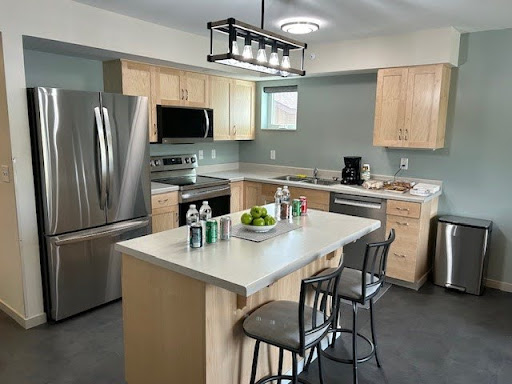
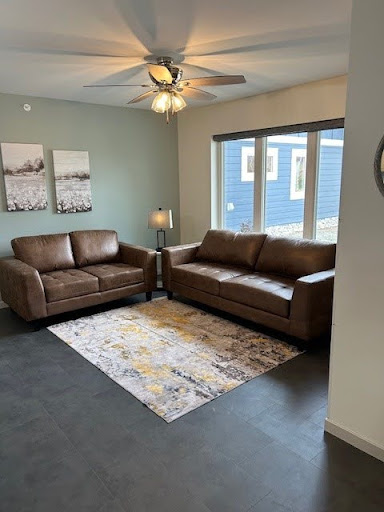
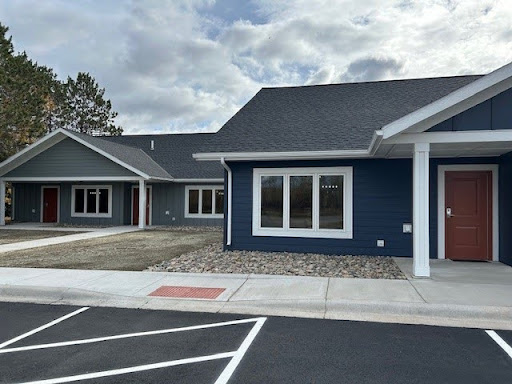
Range Transitional Housing opened an emergency family shelter in Virginia. There are four units — one designed to meet the physical needs of individuals with mobility limitations, and the others are 2- or 3-bedroom units. This is the first family emergency shelter in Virginia, opened at the end of 2024.
Here are a few snapshots.
Supporting Homeless Youth
We are working with partners and stakeholders across sectors and PHHS divisions to address youth homelessness. Components of this work include, but are not limited to:
Revamp our coordinated entry system assessment and access points (for all humans facing homelessness and housing instability).
Work on a Direct Cash Transfer pilot project that will be designed by young people with lived experience with a research component that could provide a new pathway out of homelessness.
Coordinate Local Homeless Prevention Aid (LHPA) funds with community partners to prevent young people and families from experiencing homelessness and housing instability.
Public Health and Human Services depends on, and is grateful for the support of:
Our outstanding, creative, and committed staff.
- The Public Health and Human Services Advisory Committee and other advisory committees and community coalitions.
- The dedicated community partners throughout our county.
- Carlton-Cook-Lake-St. Louis Community Health Board.
- The St. Louis County Board.

